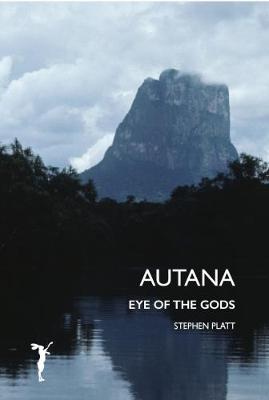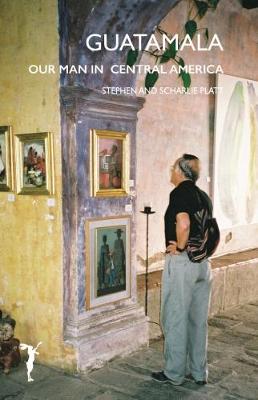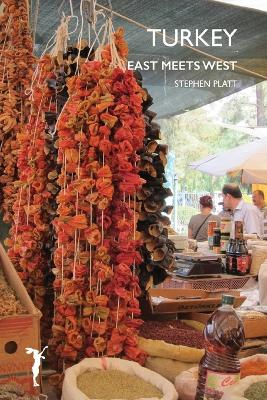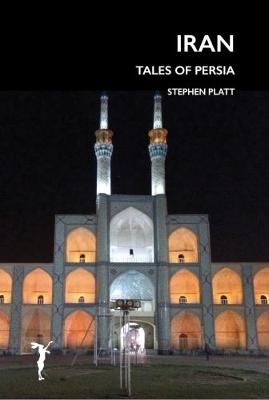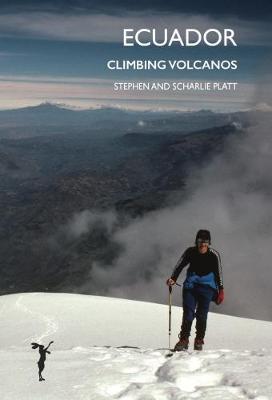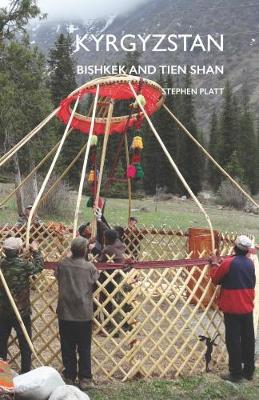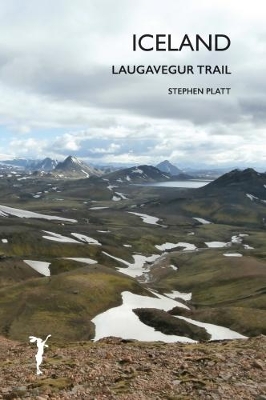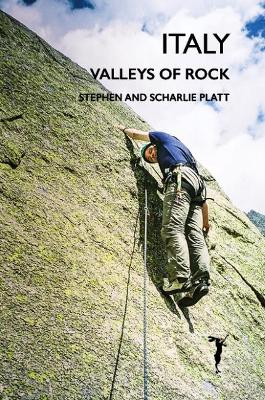Travel Journals
9 primary works • 10 total works
Book 2
Book 4
Book 5
Book 6
Book 8
Book 9
Book 11
Our host takes us to a night club. It's in a vast concert bunker. We toast each other unmercifully with vodka shots until encouraged onto the dance floor where we dance with a group of attractive young girls they call the `jet-set'.
We went for a walk in the snow covered Tien Shan and walked up the Ala Acha gorge. We wanted to see snow leopard, but all we saw were the inquisitive marmots and circling eagles. Having forgotten my trainers I had only sandals to keep my feet warm.
Bishkek, capital of Kyrgyzstan is a fascinating city, with its tree-lined boulevards, Soviet `brave new world' architecture and a huge statue of Lenin pointing towards a future long gone. Bishkek is a city on the ancient `silk-road' and there is a relaxed human feel to the place.
Book 12
The trail is normally open from late June to mid-August. I started on the 15 June, the first day the bus ran to Landmannalaugar. I hadn't booked the huts as I didn't know whether I'd make it. So I took camping gear.
The scenery is sensational and unlike anywhere I'd been before. At this time of the year there is still a lot of snow. I was alone much of the time, having started early in the year. There were three river crossings in flood and I needed to strip and take care.
You pass through vivid rhyolite mountains, climb snow slopes, cross ash deserts, rift canyons and glacial streams. There are wild flowers, sweet birch and the cries of redshank and ptarmigan. I did the trek from Landmannalaugar to Skogar in 4 days including the bus trips at either end
Book 23
Add to Basket
EmbedFacebookTwitterDiggRedditStumbleUpondel.icio.us
